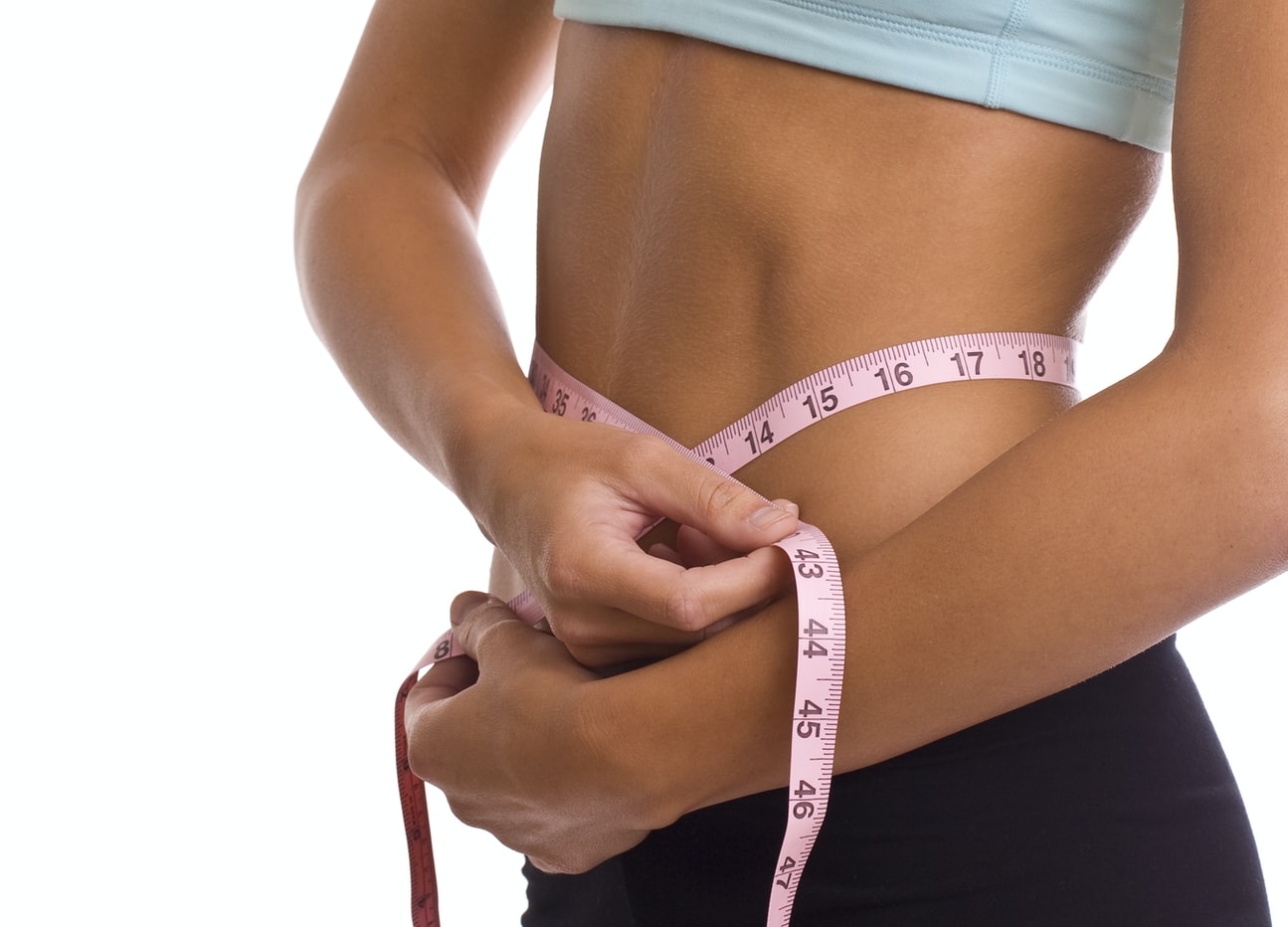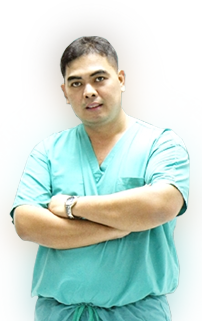Tummy Tuck

Synonymous to : Abdominoplasty
A flat and well-toned abdomen is an appealing body profile or contour which a lot of people aspire to have. We often strive to have this feature through diet and exercise, though they sometimes fail to achieve the goal. Abdominoplasty, or commonly known as tummy tuck, is a surgical procedure that removes the excess skin and fat of the abdomen, and restores or repairs weakened abdominal muscles, to create an abdominal profile that is smoother and firmer. However, patients must be informed that this procedure is not a substitute for diet, weight loss, or an appropriate exercise program.
There are a lot of individuals, particularly women of child-bearing age, who have an abdomen that is protruding and with loose and sagging skin despite having a normal body weight and proportional body profile. These changes in the quality of the skin and abdominal muscles are commonly caused by multiple factors that weaken the structure of the abdominal area. They include pregnancy, aging, massive weight loss, hereditary disorders, and previous abdominal surgery or trauma which may affect or change the strength of the abdominal muscles and lead to laxity of the abdominal wall.
Even though results of this procedure may last for a long time, the positive outcome can be greatly diminished by significant fluctuations in weight that are often accompanied by inelastic and excess skin. This is the reason why individuals who are planning to have substantial weight loss, or women who may be considering future pregnancies, are advised to postpone a tummy tuck surgery.
Tummy tuck is recommended for patients with excess or redundant abdominal skin and/or laxity of the abdominal muscles. This is usually seen among women who had undergone multiple pregnancies, or patients with massive weight loss after bariatric surgery. To be a good candidate for this procedure, patients must be physically healthy with a stable weight, have realistic expectations, don’t smoke, and don’t have any uncontrolled medical illness. The procedure cannot correct stretch marks, although these may be removed or somewhat improved if they are located on the areas of excess skin that will be excised, or generally at those treated areas below the belly button.
Individuals planning to undergo abdominoplasty are prepared prior to scheduled surgery. Two to three weeks before the procedure, patients are advised to avoid smoking; alcoholic beverages; steroids; NSAID’s, or pain medications like mefenamic acid and naproxen; herbal tea and herbal medications; vitamin E; blood-thinning medications like aspirin, heparin, and coumadin; regulated drugs like Valium; prohibited drugs like methamphetamines; diet pills; and oral contraceptive pills. These medications and social activities may delay healing, prolong bleeding during surgery, and may interact with the medications used during the procedure. Patients are advised to discuss this further with their surgeon to minimize possible risks and complications.
The surgery is performed either under sedation, or using regional or general anesthesia depending on the extent of the procedure. This can be performed in an out-patient surgical facility that is accredited by the local health department, or the patient may be admitted to a hospital for a few days. A full tummy tuck procedure requires a horizontally oriented incision, located at the lower abdomen just above the pubic hair line, which may extend from hip to hip depending on the amount of excess abdominal skin that needs to be removed. Through this incision, a large area of the lower abdomen’s skin and fat is removed. The weakened abdominal wall muscles are repaired with non-absorbable plication sutures. This will tighten the abdominal wall and improve abdominal tone and contour.
After abdominoplasty, the abdomen will be flat and firm and be more proportionate to the patient’s body contour. The initial results after the surgery may be obscured by swelling and some bruising. These are temporary and may resolve after one to two weeks. Patients are advised that the final outcome will be evident after three to six months.
Pressure garments or abdominal binders are applied for two to three weeks on the abdomen after surgery. This will help the skin redrape to the muscles and control the swelling. Sutures are usually removed ten days after surgery.
Prospective patients planning to have this procedure are required to allot 12 to 14 days. This time will be used for the initial consultation, laboratory, medical clearance, surgery, follow-up, suture removal, and early recuperation. After these, the patient is safe to travel since wounds are dry and healed.
Your plastic surgeon and/or staff will explain in detail the risks associated with surgery. You will be asked to sign consent forms to ensure that you fully understand the procedure you will undergo including the risks and potential complications.
Possible risks and complications include:
- Unfavorable scarring
- Bleeding (hematoma)
- Infection
- Fluid accumulation
- Poor wound healing
- Skin loss
- Blood clots
- Numbness or other changes in skin sensation
- Anesthesia risks
- Skin discoloration and/or prolonged swelling
- Fatty tissue found deep in the skin might die (fat necrosis)
- Major wound separation
- Asymmetry
- Recurrent looseness of skin
- Pain, which may persist
- Deep vein thrombosis, cardiac and pulmonary complications
- Persistent swelling in the legs
- Nerve damage
- Possibility of revision of surgery
- Sub-optimal aesthetic result

